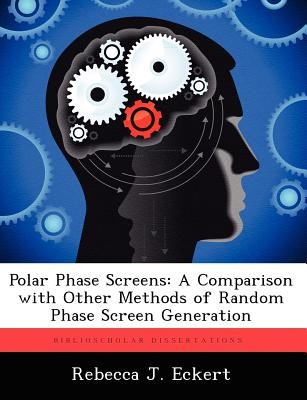
- We will send in 10–14 business days.
- Author: Rebecca J Eckert
- Publisher: BiblioScholar
- ISBN-10: 1249593794
- ISBN-13: 9781249593799
- Format: 18.9 x 24.6 x 0.4 cm, minkšti viršeliai
- Language: English
- SAVE -10% with code: EXTRA
Reviews
Description
Random phase screens are essential elements of simulating light propagation through turbulent media. In order to be e ective, they must accurately re-ect theory and be implementable by the user. This document explains and evaluates three methods of generating random phase screens: using a Fourier series upon a polar frequency grid with logarithmic spacing; using the fast Fourier transform, with its cartesian frequency grid; and using Zernike polynomials. It provides a comparison of the polar Fourier series technique with the two more common techniques (fast Fourier transform and Zernike), with the end result of giving the users enough information to choose which method best ts their needs. The evaluation criteria used are generation time (usability) and phase structure function (accuracy).
EXTRA 10 % discount with code: EXTRA
The promotion ends in 22d.14:44:13
The discount code is valid when purchasing from 10 €. Discounts do not stack.
- Author: Rebecca J Eckert
- Publisher: BiblioScholar
- ISBN-10: 1249593794
- ISBN-13: 9781249593799
- Format: 18.9 x 24.6 x 0.4 cm, minkšti viršeliai
- Language: English English
Random phase screens are essential elements of simulating light propagation through turbulent media. In order to be e ective, they must accurately re-ect theory and be implementable by the user. This document explains and evaluates three methods of generating random phase screens: using a Fourier series upon a polar frequency grid with logarithmic spacing; using the fast Fourier transform, with its cartesian frequency grid; and using Zernike polynomials. It provides a comparison of the polar Fourier series technique with the two more common techniques (fast Fourier transform and Zernike), with the end result of giving the users enough information to choose which method best ts their needs. The evaluation criteria used are generation time (usability) and phase structure function (accuracy).


Reviews